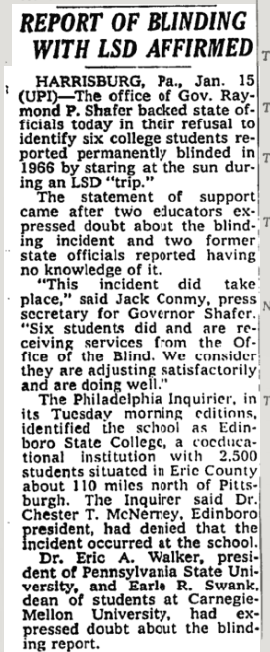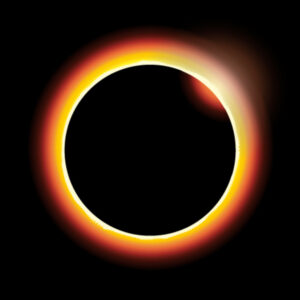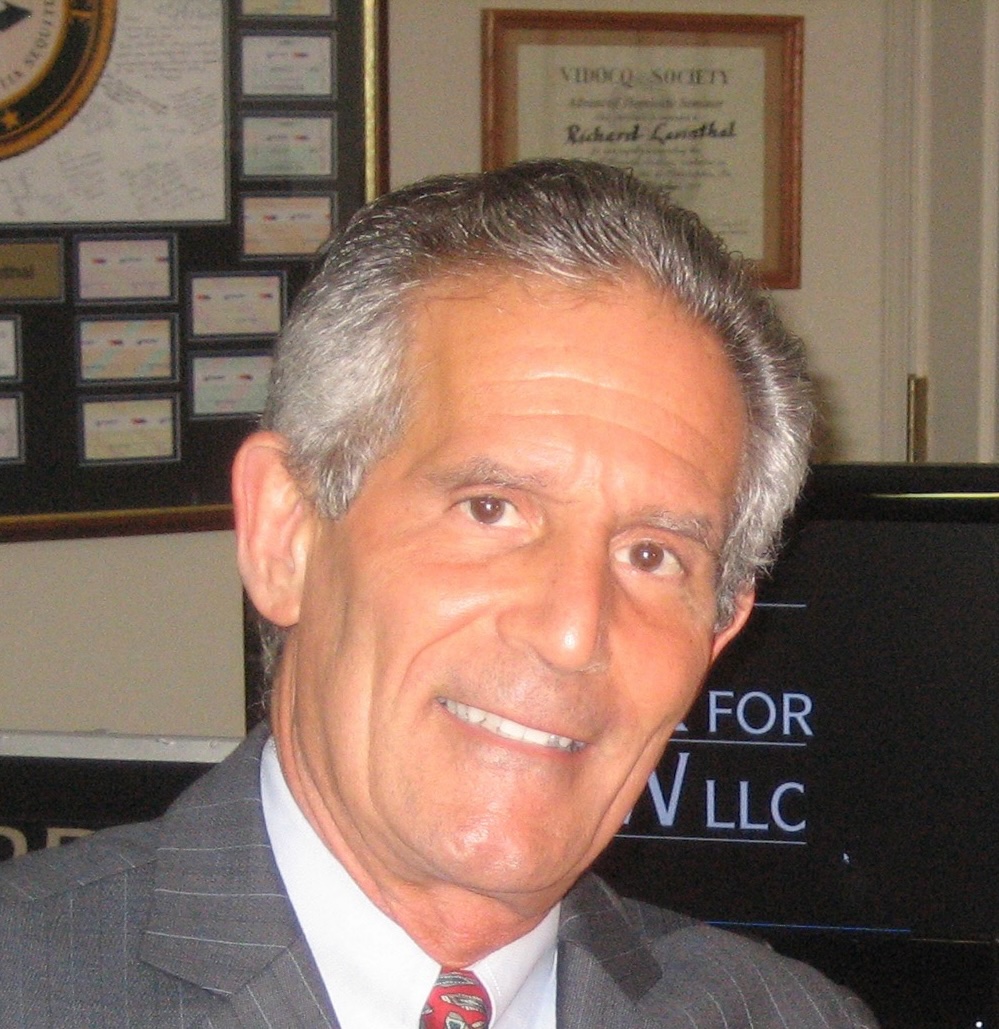On April Fool’s Day, we all expect practical jokes. But next Monday’s partial solar eclipse, far from being funny, has the potential to spawn fake, frightening, and phony medical, political, and law enforcement news with an ophthalmic focus. Will print, broadcast, and electronic news platforms around the country be tricked into reporting it?
The sun has been blamed in false news narratives before. Nationally reported sun-scare stories originated in Pennsylvania in 1968 and California a year earlier. Each was designed to put fear into the minds of young people considering or already using LSD, which newly emerged in the 1960s.
May 1967, Santa Barbara, Calif.: Approximately nine days after a partial eclipse, four college students were reported to have become partially blind after lying on their backs outdoors and staring at the sun. It’s bunkum.
In January 1968, six Edinboro College students in Pennsylvania were lying on their backs outdoors, not even intentionally staring at the sun but were totally blinded, according to news reported by the Associated Press, The Philadelphia Inquirer, The New York Times, and others. This is bunkum, too.

No student was identified in the California or Pennsylvania reports, and the ophthalmologist “quoted” in the Los Angeles Times was not identified. The only individual identified and quoted in either report was Pennsylvania’s commissioner of the Welfare Department’s Office of the Blind. He himself was blind from childhood but had an agenda, making up the blinded Pennsylvania students’ story to help stop LSD abuse.
Pennsylvania was the biggest hands-down national laughing stock winner of the two “tripping blind” news reports. Both predated the Nixon War on Drugs. “Reefer Madness” had become “LSD Blindness Madness.”
The Pennsylvania official claimed the four victims had used LSD before. They all went to the woods, lay on their backs in a grassy area, and were “… not consciously looking at the sun,” according to the AP report. Classmates reportedly found the six blind and helpless. After their six-hour LSD trip, they emerged from a trance to realize they had been staring straight at the yellow orb, the AP report said. The commissioner said all six students received rehabilitation services from the state afterward.
Gov. Raymond P. Shafer and his spokesperson both vouched 100 percent for the Edinboro student story because of the blind commissioner’s absolute integrity, it was reported. They also said they would keep the blind students’ identities secret. UPI reported Edinboro’s president said the incident never happened at his college. But Shafer’s press secretary, in the same report, was quoted as confirming that six students did go blind and are “…adjusting satisfactorily and are doing well. ”
Eventually, it was shown to be fake when the commissioner, Dr. Norman M. Yoder, admitted he had made it up two years before in wanting to stop LSD abuse. According to The New York Times, the unraveling followed after Yoder casually mentioned blinding the six to a federal official after a lecture on LSD’s dangers. The surprised official asked for details, and the Associated Press got wind of it. When investigators were unable to verify Yoder’s trance-blinding claim, he went on medical leave. The fake news didn’t stop LSD abuse. It did, however, end Dr. Yoder’s job with the Commonwealth.
A state senator from Philadelphia claimed to know the names of two of the affected Edinboro students. That caused a problem for the governor’s office, according to The Philadelphia Inquirer. State Sen. Benjamin R. Donolow should give those names to state law enforcement, the governor said, to advance their investigation to determine if Yoder’s admission of making up the story was legitimate. And the state attorney general was poring over case histories of all 252 blind college students in Pennsylvania receiving state aid from Yoder’s department.
We only had morning and evening newspapers and local radio and television news in 1968. That was it. But the scare shows stories that should have been “nailed down” along with the five Ws– who, what, when, where and why–before they sneaked onto the news pages or airwaves.
TikTok, X, Facebook and hundreds of other internet news platforms and destinations need to be closely vigilant for eclipse-related BS but equally on guard if some “influencer” creates an ophthalmologically dangerous sun-watching “challenge” that could damage the eyes of the impressionable.
Our April 8 partial solar eclipse will see the moon bite at the sun on one end and leave at the opposite side. For approximately 20 minutes over the just under two-and-a-half-hour eclipse, our area will plunge into 89 percent darkness, the temperature will drop, and birds may be confused.
On April 8, do not look directly at the sun without approved eye protection. If it’s cloudy, you still need special glasses. (I purchased ISO Certified [ISO 12312-2 (2015)] glasses. If it’s extremely cloudy, my family will have to wait until the next Philly-area total eclipse on May 1, 2079.)
Please follow DVJournal on social media: Twitter@DVJournal or Facebook.com/DelawareValleyJournal


